
Code: 04873107
Social Stratification in Central Mexico, 1500-2000
by Hugo G. Nutini, Barry L. Isaac
In Aztec and colonial Central Mexico, every individual was destined for lifelong placement in a legally defined social stratum or estate. Social mobility became possible after independence from Spain in 1821 and increased after th ... more
- Language:
 English
English - Binding: Paperback
- Number of pages: 280
Publisher: University of Texas Press, 2010
- More about this

You might also like
-

102 Combinatorial Problems
67.28 € -13 %
Give this book as a present today
- Order book and choose Gift Order.
- We will send you book gift voucher at once. You can give it out to anyone.
- Book will be send to donee, nothing more to care about.
More about Social Stratification in Central Mexico, 1500-2000
You get 85 loyalty points
 Book synopsis
Book synopsis
In Aztec and colonial Central Mexico, every individual was destined for lifelong placement in a legally defined social stratum or estate. Social mobility became possible after independence from Spain in 1821 and increased after the 1910-1920 Revolution. By 2000, the landed aristocracy that was for long Mexico's ruling class had been replaced by a plutocracy whose wealth derives from manufacturing, commerce and financeobut rapid growth of the urban lower classes reveals the failure of the Mexican Revolution and subsequent agrarian reform to produce a middle-class majority. These evolutionary changes in Mexico's class system form the subject of Social Stratification in Central Mexico, 1500-2000, the first long-term, comprehensive overview of social stratification from the eve of the Spanish Conquest to the end of the twentieth century. The book is divided into two parts. Part One concerns the period from the Spanish Conquest of 1521 to the Revolution of 1910. The authors depict the main features of the estate system that existed both before and after the Spanish Conquest, the nature of stratification on the haciendas that dominated the countryside for roughly four centuries, and the importance of race and ethnicity in both the estate system and the class structures that accompanied and followed it. Part Two portrays the class structure of the post-revolutionary period (1920 onward), emphasizing the demise of the landed aristocracy, the formation of new upper and middle classes, the explosive growth of the urban lower classes, and the final phase of the Indian-mestizo transition in the countryside.
 Book details
Book details
Book category Books in English Society & social sciences Society & culture: general Social groups
34.25 €
- Full title: Social Stratification in Central Mexico, 1500-2000
- Author: Hugo G. Nutini, Barry L. Isaac
- Language:
 English
English - Binding: Paperback
- Number of pages: 280
- EAN: 9780292723511
- ISBN: 0292723512
- ID: 04873107
- Publisher: University of Texas Press
- Weight: 624 g
- Dimensions: 229 × 152 × 25 mm
- Date of publishing: 01. May 2010
Trending among others
-

Women Who Run with the Wolves
9.85 € -13 % -

Women Who Run With The Wolves
15.54 € -19 % -

The Mastery of Love
12.29 € -20 % -

The Velvet Rage
16.25 € -21 % -

The Bell Curve
17.37 € -28 % -

Complete Persepolis
23.47 € -16 % -

Lean In
12.90 € -23 % -

Women, Race, & Class
13 € -29 % -

Atlas of Indian Nations
34.04 € -25 % -
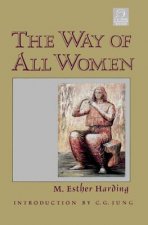
Way of All Women
30.18 € -15 % -

Joy of Gay Sex
20.32 € -19 % -

Beauty Sick
11.37 € -28 % -
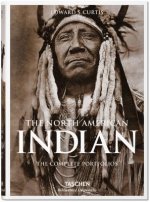
The North American Indian
20.83 € -20 % -
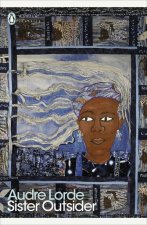
Sister Outsider
9.95 € -29 % -

What Works
20.52 € -7 % -

Goddesses, Whores, Wives and Slaves
17.37 € -28 % -

Madame Curie
20.12 € -13 % -
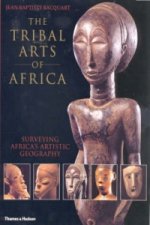
Tribal Arts of Africa
24.59 € -4 % -

Tracking the Wild Woman Archetype
41.97 € -2 % -

Essential Nawal El Saadawi
34.04 € -

Hamas
61.08 € -

Woman in the Shaman's Body
14.93 € -22 % -

The Way of Men
13.31 € -22 % -

Inuit Stories of Being and Rebirth
27.23 € -24 % -

Orientalism
11.07 € -23 % -
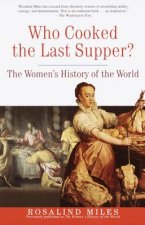
Who Cooked the Last Supper?
19.81 € -7 % -
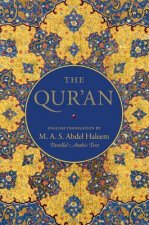
Qur'an
30.38 € -28 % -

Second Sex
15.34 € -28 % -
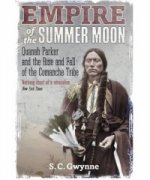
Empire of the Summer Moon
14.42 € -22 % -

Manipulated Man
12.49 € -27 % -
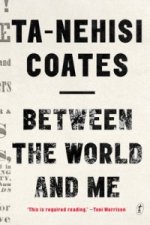
Between The World And Me
12.29 € -22 % -

Freedom Writers Diary
15.34 € -11 % -
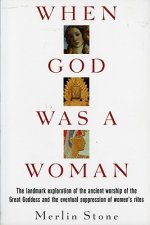
When God Was A Woman
19.61 € -3 % -
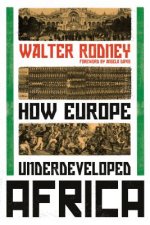
How Europe Underdeveloped Africa
22.86 € -

The Autobiography of Malcolm X
10.46 € -8 % -

Nice Girls Don't Get The Corner Office
9.75 € -24 % -

Witches, Midwives, And Nurses
12.09 € -1 % -
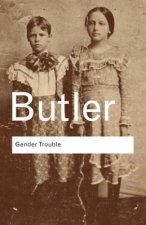
Gender Trouble
27.13 € -4 % -

Indigenous Peoples' History of the United States
15.34 € -20 % -

Think Like a Monk
14.63 € -29 % -

Tom of Finland. The Complete Kake Comics
21.13 € -

The Male Nude
18.29 € -9 % -

Goddesses in Everywoman
12.29 € -22 % -
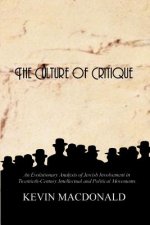
Culture of Critique
23.88 € -17 % -

Why Does He Do That?
16.46 € -15 % -
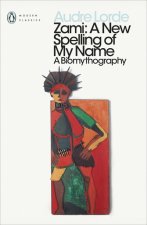
Zami
10.05 € -25 % -

Dance of Anger
11.07 € -23 % -
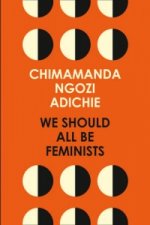
We Should All Be Feminists
7 € -30 % -

Humans of New York
25.71 € -17 %
Collection points Bratislava a 2642 dalších
Copyright ©2008-24 najlacnejsie-knihy.sk All rights reservedPrivacyCookies



 15549 collection points
15549 collection points Delivery 2.99 €
Delivery 2.99 € 02/210 210 99 (8-15.30h)
02/210 210 99 (8-15.30h)